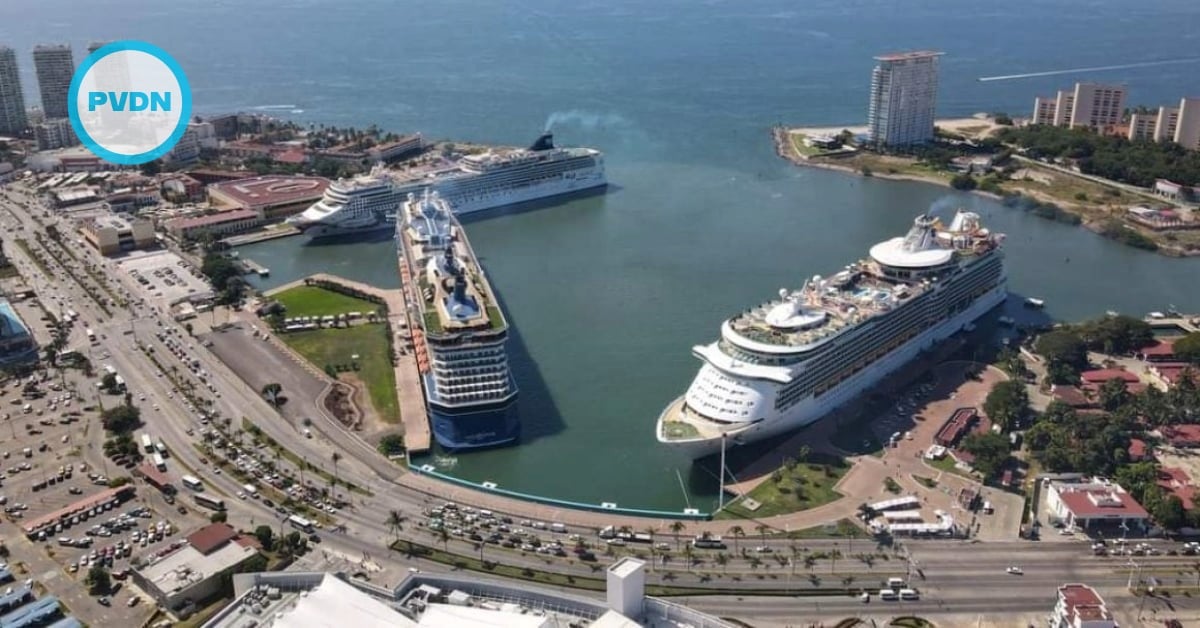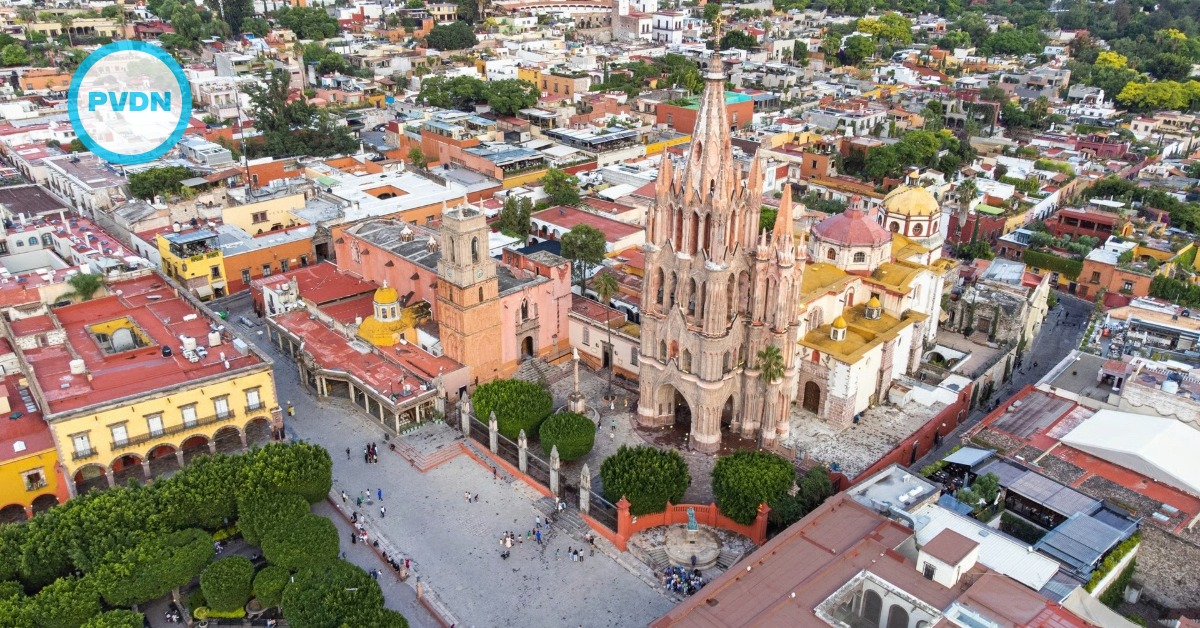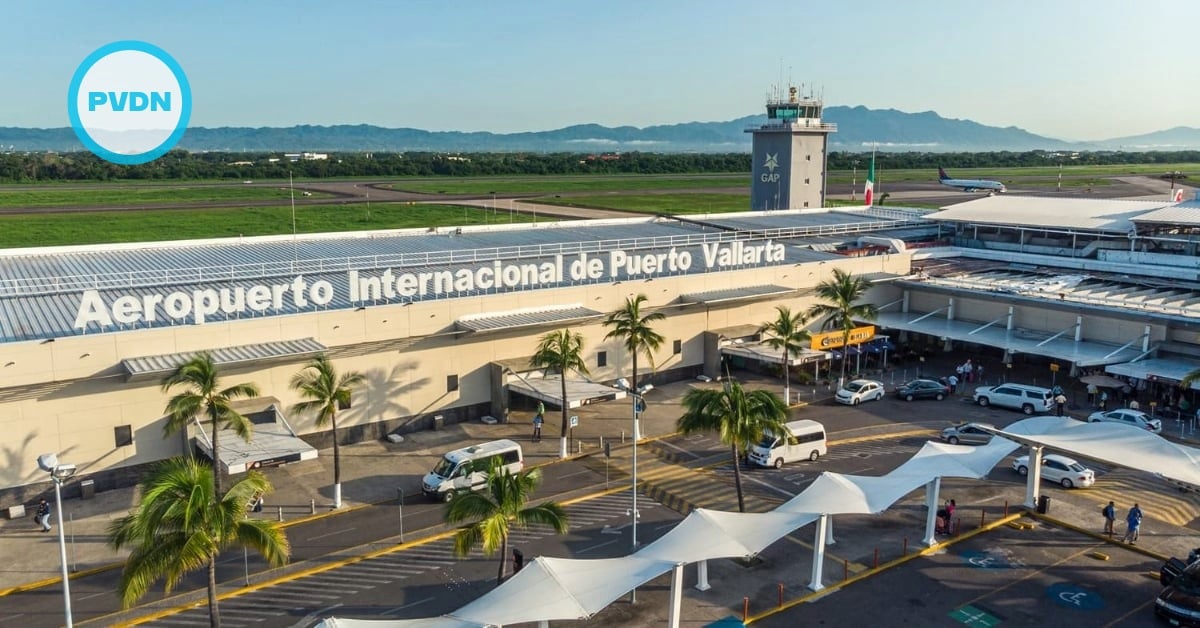Two days after protests began in Nicaragua in April, a foreign auto components company was meeting at a hotel in the city of Leon when smoke from a burning university building just a block away billowed above the hotel’s colonnaded courtyard.
The visitors quickly cut short their event and began changing their travel plans to exit Nicaragua. Within three months, the El Convento hotel itself was forced to close for lack of business, as a sister hotel in the same city had in June.
Nicaragua’s economy has been devastated by the nearly five months of unrest sparked by . . .






